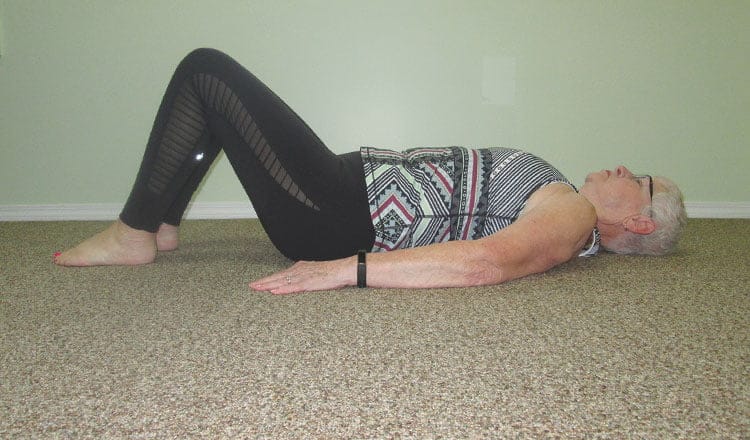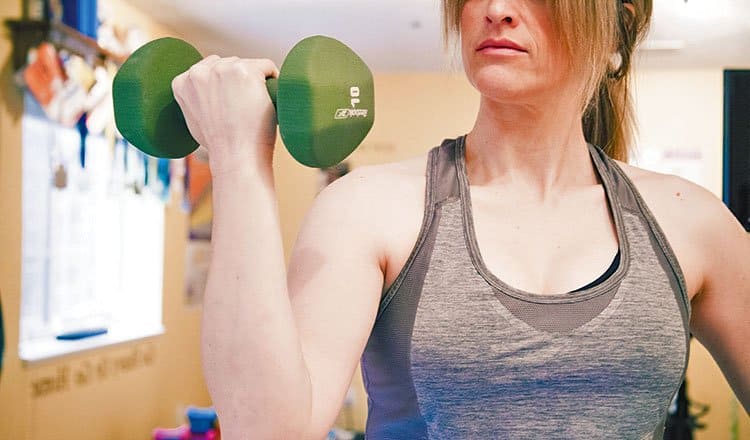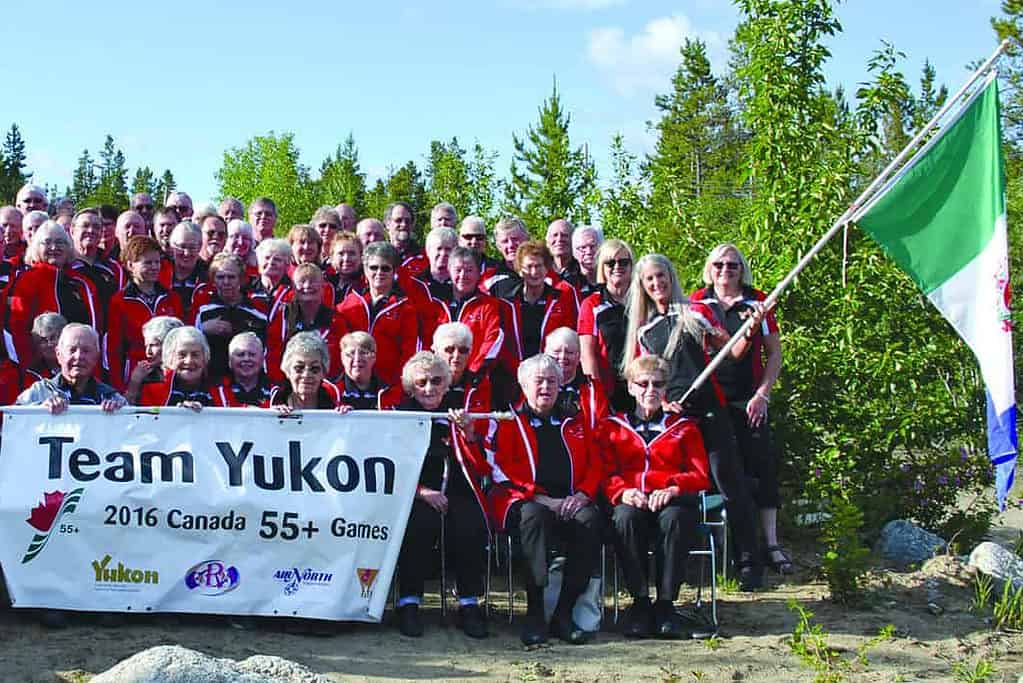BY GUEST COLUMNISTS
DAN LANG
BILL STEWART
We are not sure at what age one enters one’s “dotage”, but there is no doubt that we are both venerably past our prime.
To some degree, we are two over-the-hill arm-chair athletes who have, like many men on the far side of 50, been fighting the battle of the bulge for years, seemingly with less and less success.
As a result, in August 2007, after a summer of relative self-indulgence, we decided to team up and wage one last frontal assault in support of our sagging muscles.
Of late, the media has extolled the virtues of strength training for those who are long in the tooth against such afflictions as arthritis, diabetes, osteoporosis, obesity, back pain and depression.
And, so, after quieting fears that we may end up resembling two bursting-at-the-seams Arnold Schwarzenegger lookalikes, we set off to develop a program that would transform our pudgy forms into the ripped superannuated.
Coming from a bit of a scientific bent, it was clear that our first step was to identify the litmus test.
The typical measures such as scales and a mirror struck both of us as too complicated and, to be frank, a little narcissistic.
We had both long noted that it increasingly required two (and sometimes three) trips to the car to bring in fewer and fewer grocery bags, that it has been some years since we had needed that last hole on the belt to hold up our trousers, that our shirts seemed to hang on the shoulders but squeeze in the mid section and that it was unclear when taking the dog for a walk who was taking who for a stroll.
And so our unscientific yardstick of metered progress was born including:
- Amount of weight lifted (the most obvious)
- Cardiovascular fitness (e.g ability to walk the dog without angina)
- Pain reduction (i.e. we both have pain from various injuries and arthritis)
- The elevator effect (i.e. reshuffling of body mass from the midriff to the upper torso as measured by fit of clothing and “ripplets” in the six pack)
- The proverbial Love Handle Pinch Test
- Positive (or negative as the case may be) feedback from our supportive spouses
- Psychological changes (increased energy, improved mood, increased patience with others who are less fit)
This foray into the world of testosterone, protein shakes, wire and steel associated with weight room culture was a little intimidating.
Initially, we relied on our grey temples to distract attention as we developed our routine and strength.
We developed three routines: one for the chest and arms, one for the back and abdominal muscles, and one for our shoulders and legs which we repeated, ensuring two workouts weekly for each body part.
Then there was several cardio workouts weekly.
We waited for the beacons of improvement. What was first noticeable was the scream of lactate-filled muscles which would ache for several days after a workout.
This eventually passed.
In spite of an age-related wane in testosterone, our strength increased quickly. To date, we are both experiencing a 50 to 100 per cent increase in the weight we can lift.
We espouse the theory that if we can do it, it’s got to be easy.
In addition to being able to hoist more weight above our head than at the start of the program, the elevator effect and the pinch test have provedto be quite revealing … at least to ourselves. While we would be hard pressed to refer to our abs as a six-pack, we are both of the belief (perhaps mistakenly) that our abs are, at least, looking less like we have been consuming a six-pack a day.
And, while you still may be able to pinch an inch, that inch is definitely firmer than at any point in our previous remote-controlled lives.
Regarding the feedback we receive from our spouses and, sometimes (believe it or not), other men’s spouses, we seem to be the recipient of some pretty good encouragement to continue our visits to the gym.
Perhaps of most significance are the psychological changes. We are both feeling more energetic, suffer fewer aches and pains, require less sleep, suffer less from the effects of the abbreviated daylight and are definitely experiencing fewer incidents of road rage (an effect of becoming more patient).
An unforeseen benefit has been the friendship and social network that has developed in the process of exercising together and in the larger very social gym environment found at Peak Fitness.
This column is provided by Peak Fitness. Mrs. Lee Randell is an ACE certified personal trainer. Contact information and past articles are available at www.pkfitness.yk.ca/Clients. Anyone who wants to begin an exercise program should consult their physician first.
This column is provided by Mrs. Lee Randell, independent fitness consultant, who is an ACE certified advanced health and fitness specialist and personal trainer. You can reach her at www.mrsleerandell.com.



